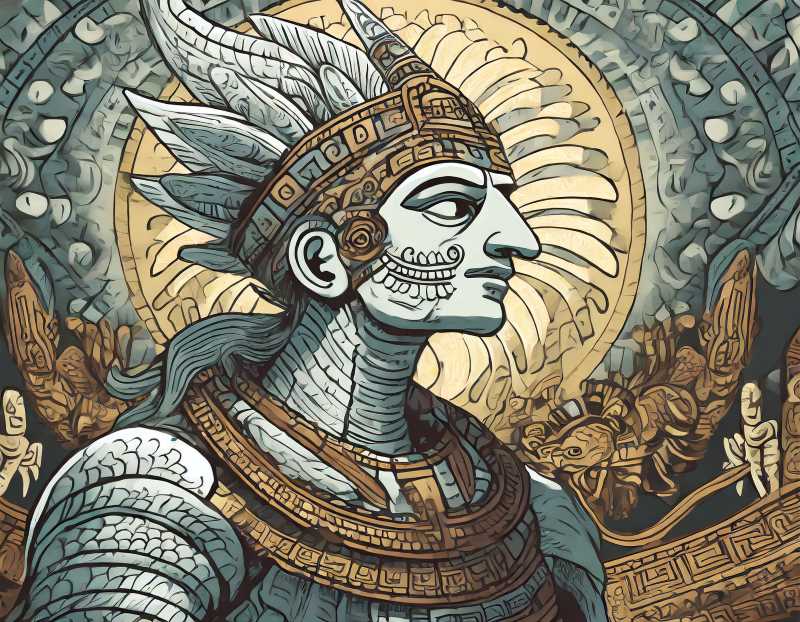Tenochtitlan's Rise from Underdog to the Aztec Empire
In the heart of ancient Mexico, a power struggle unfolded as Itcoatl, the “White Serpent,” rose to challenge Azcapotzalco's usurper chief, Maxtla. Guided by Tlacaelel, this alliance-builder transformed Tenochtitlan, setting the stage for the Aztec Empire's grand ascent.

Once upon a time, in the heart of the Valley of Mexico, there was a city named Azcapotzalco, where the intrigue, power struggles, and political drama rivaled the most gripping episodes of your favorite historical television series. The stage was set for a showdown between rival city-states, and in this epic tale, Tezozomoc's demise and the rise of Itcoatl, the “White Serpent,” would change the course of history forever.
Our story begins with Maxtla, a man whom we would call a usurper in today's terms, who managed to seize power as the chief of Azcapotzalco. His ambition knew no bounds, and he set his sights on subduing Tenochtitlan, the growing Aztec power center. In his ruthless pursuit, Maxtla orchestrated the assassination of Chimapopoca, the successor of Huitzilihuitl, the ruler of Tenochtitlan.




